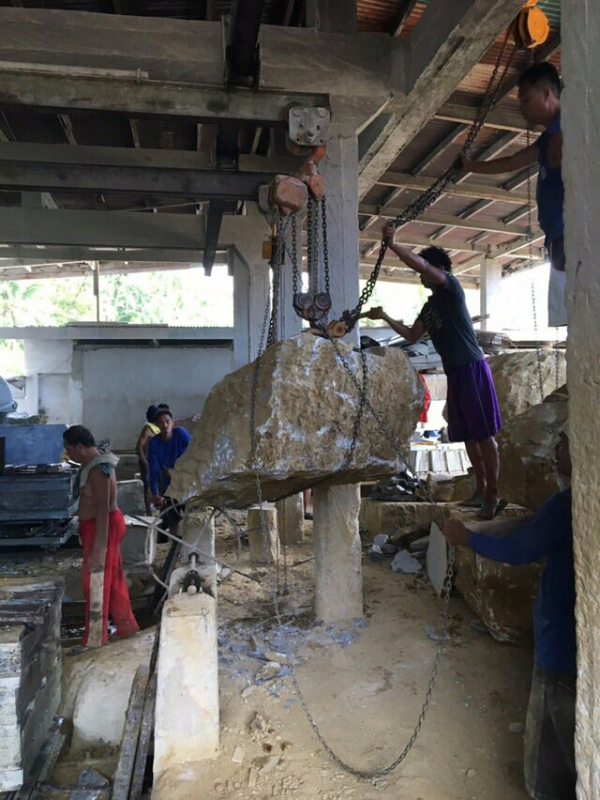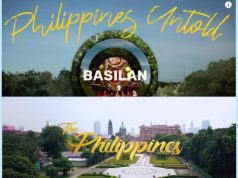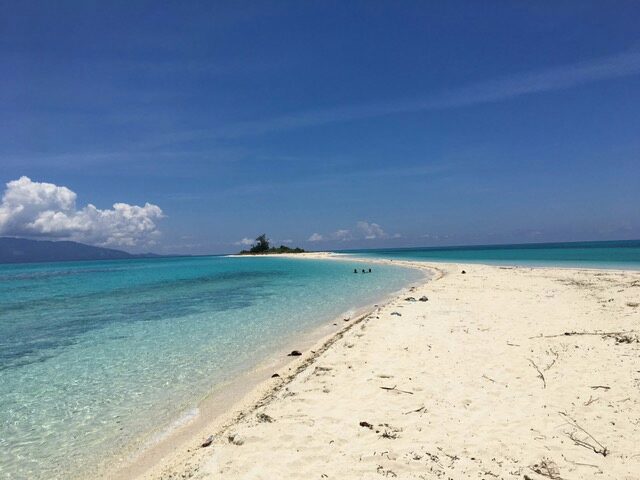
Department of Tourism (DOT) Secretary Wanda Tulfo-Teo wants you to make Romblon—the Marble Capital of the Philippines—your next destination.
In a DOT news release, Romblon is described as an “emerging tourist destination” yet it continues to be “one of the best-kept secrets” of Region IV-B or MIMAROPA region, which consists of Mindoro (Oriental and Occidental), Marinduque, Romblon and Palawan.
Secretary Teo said Romblon is “ready to unravel its world-class attractions when it hosts the annual MIMAROPA Festival in November.”
According to DOT, among its natural attractions are its pristine seawaters, unspoiled beaches, wild rivers and waterfalls. On the historical side, Romblon has centuries-old churches, Spanish forts, and well-preserved ancestral homes.
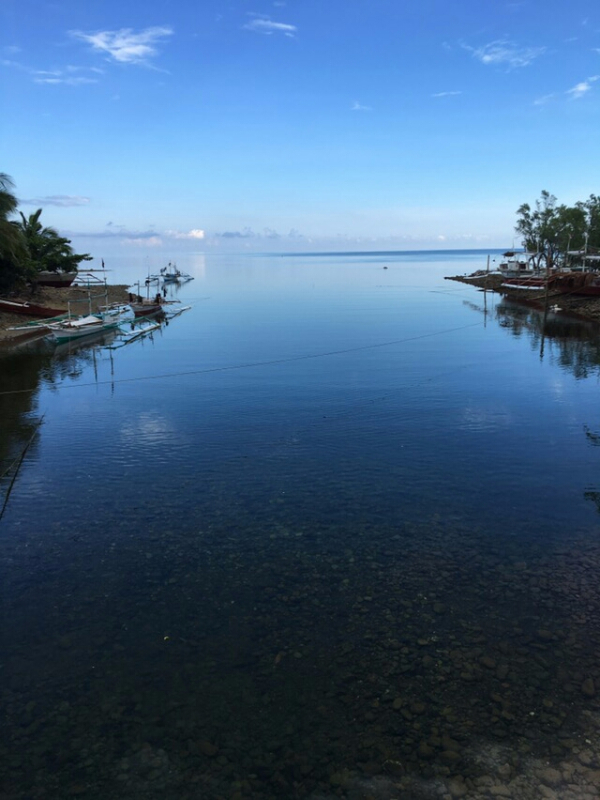
The island province also has a unique cuisine and exotic fruits. Romblomanons are also known for their warm hospitality.
Secretary Teo noted, “While Romblon has been known as the largest marble producer in the Philippines and exporter of best-quality marble products, the province possesses also the qualities of its neighboring Palawan province.”
White-sand beaches and clear-blue waters are to be enjoyed at Tablas, Bon-Bon, Nonok-Nonok, and Cobrador; there are waterfalls in Trangkalan, Dagubdob, and Busay; Cresta del Gallo Island has a stunning sandbar; and in Sibuyan, there is Cantingas River.
These sites are ideal for swimming, snorkelling, kayaking and other water activities like scuba diving and macro diving-photography, especially since the island has more than 30 dive sites with diverse marine life including sharks, rays, tunas, snappers surrounded by immense coral walls and gardens.
Seasoned mountaineers are also familiar with Romblon’s 2,058-meter high Mount Guiting-Guiting.
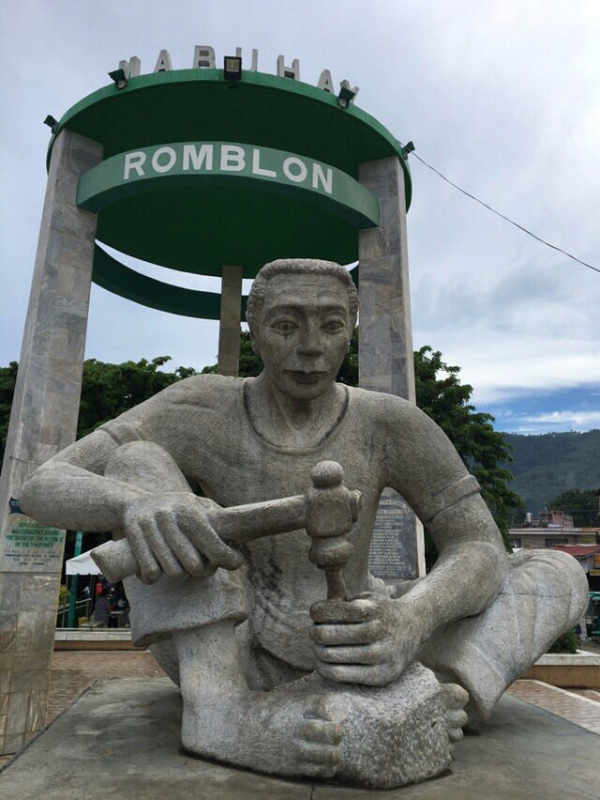
Romblon’s old plaza has retained its historical character, featuring the marble statues of Dr. Jose Rizal, a large roaring lion, and a grotto with the life-size image of Our Lady of Lourdes. Many heritage structures remain intact, like the Cathedral of San Jose with its antique tableau altar, stained-glass windows, and its vintage convent.
Romblon’s old municipal hall, built during the Spanish colonial period, is located on a hill overlooking the ruins of Fuerza de San Andres and Fuerza de Santiago, both declared as National Cultural Treasures.
Culinary offerings include dishes like sarsa (tiny shrimps wrapped in dried coconut leaves), liswi (colorful edible shells), and gamus (raw unripe langka or jackfruit thinly sliced). Its rich land produces banana, pineapple, avocado, and a variety of tropical fruits.
From Manila, via NAIA, there are daily flights to and from Romblon’s Tugdan Airport.
